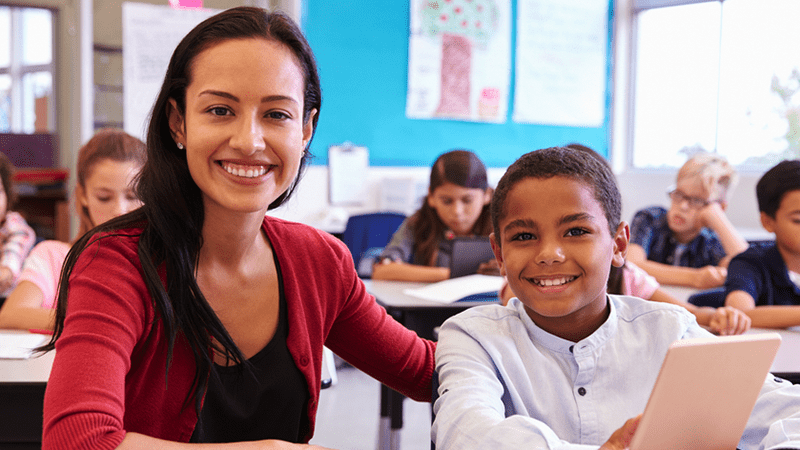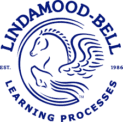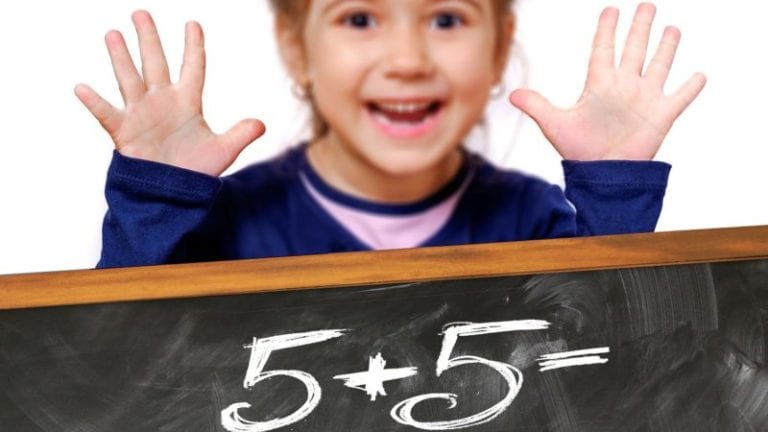|
Take a look around the room during silent reading time. At first glance, it looks like all your students are doing the same thing: reading. (OK, except for the few wiggly ones.) But as we know, what’s going on inside each student’s individual head is very different. To help struggling readers, it’s important to get them to explain what they are experiencing as they work through the text. Once you can pinpoint the problem, it’s easier to suggest tools to get them on track. Too often these children have been told that they simply aren’t trying. Lagging behind in reading can make kids feel defeated, so it’s critical that we find the right approach to encourage them and direct them toward success. Here are four teaching strategies to try. |
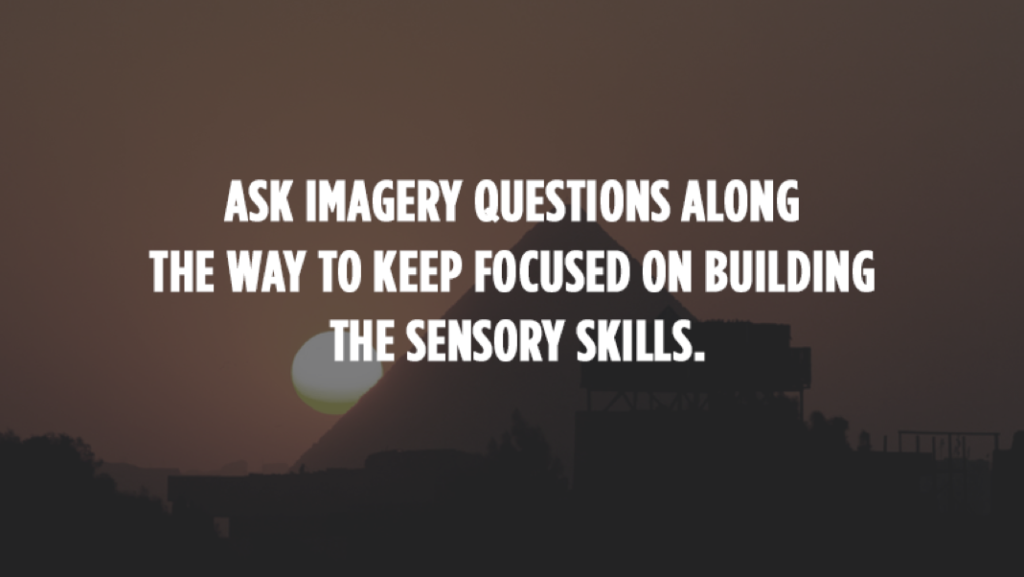 |
1. Teach kids how to use imagery in reading.For kids to truly comprehend what they are reading, you can help them learn to make a mental image or pictures as they go. When one strong student described the process as seeing “movies in my head when I read,” Nanci Bell, author of Visualizing and Verbalizing for Language Comprehension and Thinking, began to research the concept and discovered that using imagery is an effective approach to teaching students with weak comprehension. Try to be intentional in how you ask students about what they’ve read. For instance, ask “What are you picturing for …?” rather than “What are you thinking about …?” Also, the question “What do you picture will happen if …?” is better than “What do you think will happen if …?” The key is to use phrases that trigger images instead of asking about meaning. Practice this repetitive, explicit stimulation daily to help students develop imagery as a cognitive tool. The more constant and frequent, the more likely the images will become vivid and fast. |
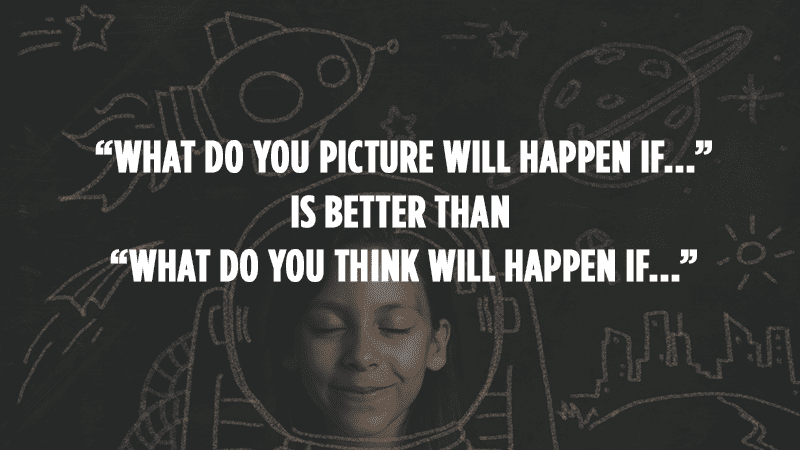 |
2. Start with what they do right.We all know that kids learn best when we focus on the positive, but is that something you actually put into practice? All too often, I forget to start positive and instead dive right into what needs to be fixed. It feels more efficient to zero in on the issues that need to be addressed. But really, it’s not. Try working from a checklist when you’re reading with kids to remind yourself to start positive before you dig into ways to improve. Maybe even add the poster below to your wall, and use it for yourself as much as for your students. When a child makes a mistake or gives a wrong answer, rather than immediately dismissing it for not being the right or expected answer, find a spot in the response from which to positively engage your student. Try a follow-up question with the student to help her analyze the response. To dig a bit deeper, ask the student to compare her response to the stimulus. |
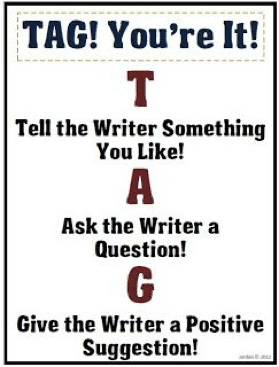 |
|
Source: Pinterest This approach leverages the response in a way that teaches problem-solving and critical thinking. It enables you to consider where the student is in her thinking and how to meet the child where she is—not where you expect her to be. It can also build up the confidence of a struggling reader to share her ideas and feel valued as she works through the material. 3. Provide feedback and rewards.Our response as teachers is critical to helping students remain engaged. Working one-on-one, try using small tactile objects for rewards, such as colorful stones or shiny plastic gems. The reward enables you to give an item or two if the student is moving in the right direction, or take one away if there is a behavior you want to control or change—with little or no explicit verbal feedback. Have a jar to collect them and switch rewards if students lose interest. In a group setting, give a thumbs-up or thumbs-down as you go. Many students with poor reading skills have repeatedly heard negative comments about their abilities. This approach allows for nonverbal communication and gets the students to focus on learning in a different way. To generate positive, passionate energy when working with students, mix up sitting at a table, standing or gesturing some images to give a picture or word summary. Observe student behavior to change the task or learning environment before attention wanes. 4. Try different activities and be flexible.It can be tough to get a struggling reader excited about books. Sometimes it’s a matter of finding the right non-reading activity and making a connection to a related book. For instance, try planning a field trip to the zoo after reading books about animals. Thematic teaching allows you to make these kinds of connections too. If you can pique your students’ interests during social studies with a killer lesson on the pyramids of ancient Egypt, it might be easier to convince them to pick up a piece of fiction that features pyramids and an ancient Egyptian mystery later in the day. Allow for as much free choice as possible when it comes to selecting books. Comic books and graphic novels will cause a lot of us reading teachers to cringe, but the fact is they’ve helped many make the move from non-reader to book lover. Nonfiction books often can connect with reluctant readers too. |
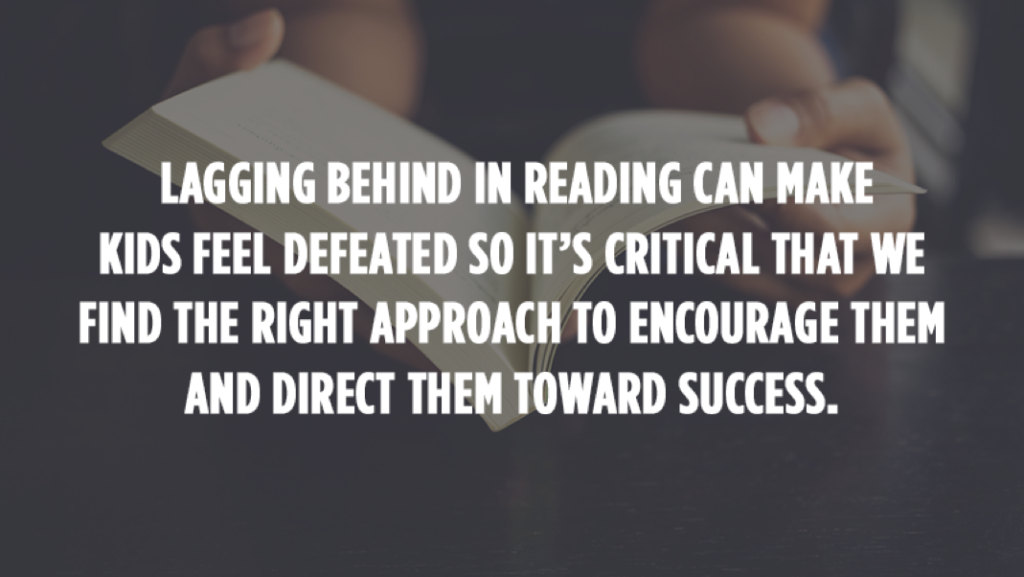 |
|
Read stories aloud in class and provide audiobooks for students so they can truly listen and develop pictures of the text in their minds. Ask imagery questions along the way to keep focused on building the sensory skills. Have students describe the images they “see” one sentence at a time. Follow up with questions that prompt students to be more specific or refine their language. For some recommended titles and more detail on the merits of reading aloud, Jim Trelease has a good resource, The Read-Aloud Handbook. Looking for more ways to help boost reading comprehension for your struggling students? Check out the Visualizing and Verbalizing Program and explore resources for teaching. |
